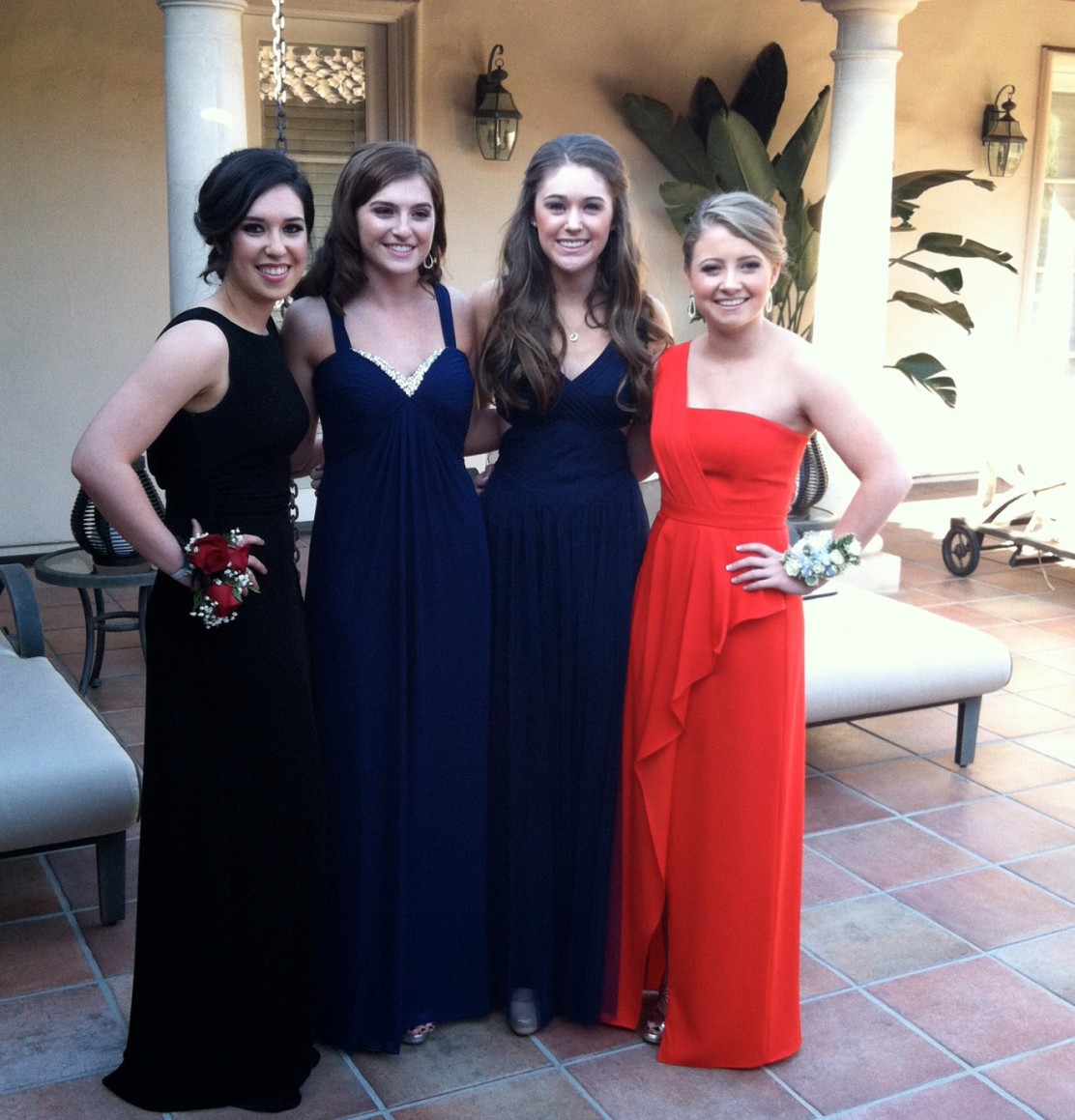This past week my AP Biology class completed our last lab of the year! Like all of our other labs this was a fun and interesting way to learn about something new! This week’s topic was… Wolbachia!!
What is Wolbachia?
Wolbachia is a common bacterium found in arthropods and nematodes. It is transmitted through host eggs and alters the host. In insects, Wolbachia is a reproductive parasite meaning it manipulates the reproductive biology of the host. Wolbachia is most vertically inherited but can also move horizontally across species boundaries. Within anthropods Wolbachia has four main ways of manipulating host reproductive biology, but you must also understand transmission. Wolbachia is not easily transmitted and is most commonly transmitted from mother to offspring through egg infection. Males can be infected but they do not transmit Wolbachia. The four ways are…
- Feminization of infected males
- Reproduction without males
- Killing infected males
- Cytoplasmic incompatibility- modifying sperm form infected males which results in embryonic defects and death when sperm fertilize eggs not also infected
Our Lab
The purpose of our lab was to collect data about infected insects around our area. Our class brought in various types of insects from many different areas to extract the DNA to test if any of the insects had Wolbachia. We first had to extract DNA from the insects using the abdomen because that is where the Wolbachia DNA would be if the insect was infected. There were many steps involved in this where we had to add substances and extract certain amounts to get the DNA out. Next we used PCR to see the DNA. Lastly to examine the DNA we added the samples to the gel electrophoresis. We let the gels run and compared it to the control and Allie’s insect, which we knew was infected.
In the pictures above you can see some people got results and were successful at extracting the DNA. Allie’s well had the insect with Wolbachia so you can see the band closer to her name is the insect DNA and the band further from her name is the Wolbachia DNA. Marissa, Jen, and Bharthi also got results, but all had insects without Wolbachia. Looking at Davis’ you can see she only had a band for Wolbachia DNA, which is very interesting because it means she extracted DNA, but there is nothing for the insects DNA, just Wolbachia.
This was a super fun and interesting lab. It took a lot of time and repeating steps, but was fun to do as a class and as our






















